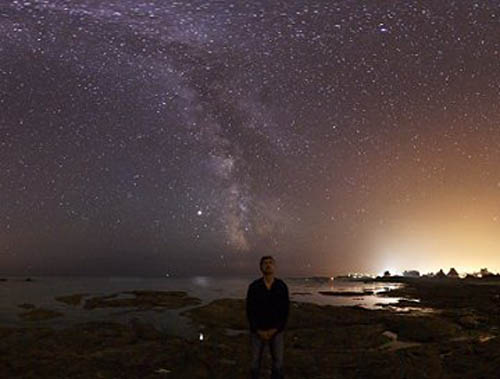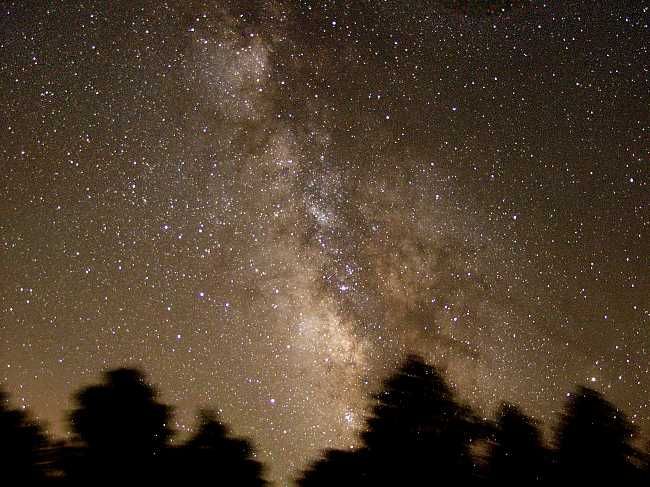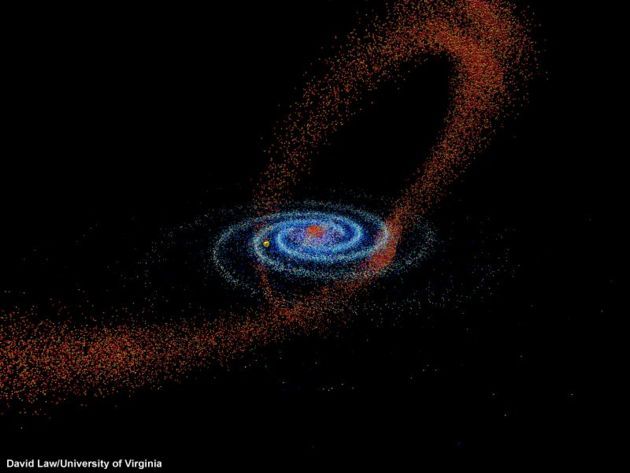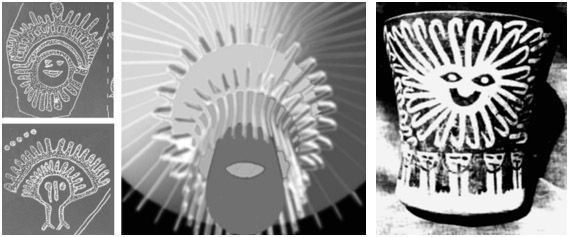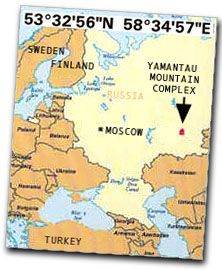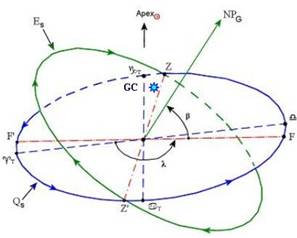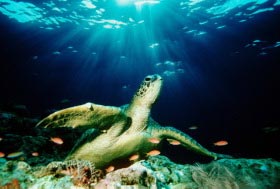ALL ABOUT 2012
IN THIS NEW TIME CYCLE
TIME IS ACCELERATING
TIME IS ACCELERATING
DO YOUR CALENDAR WORK - THE GREGORIAN CALENDAR SCREWED UP REAL TIME 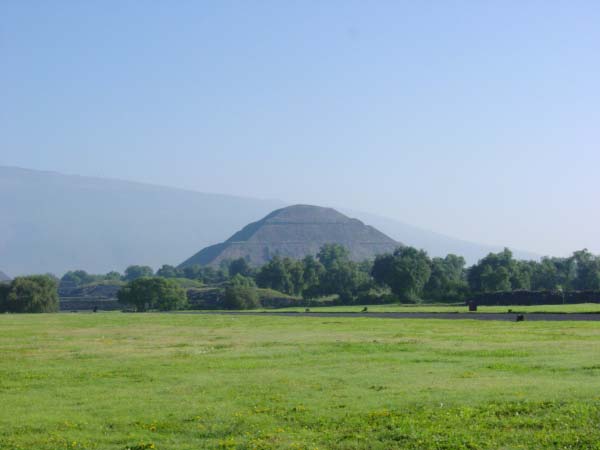 The Pyramid of the Moon The ancient city of Teotihuacan is located 50 kilometers north-east of the center of Mexico city and is well worth at least one or two days of exploration. There are many restored buildings to explore, as well as artwork and artifacts recovered from the site, as well as the two enormous structures for which the city is best known, the Pyramid of the Moon, shown here, and the even larger Pyramid of the Sun. Unlike the pyramids of Egypt, the pyramids at Teotihuacan aren't build of solid stone, instead they consist of stone and brick rubble covered with layers of cut stone, however they're still an extraordinary achievement, especially since all this was done without the benefit of pack animals, metal tools or the wheel This photo was taken from 2 miles away. 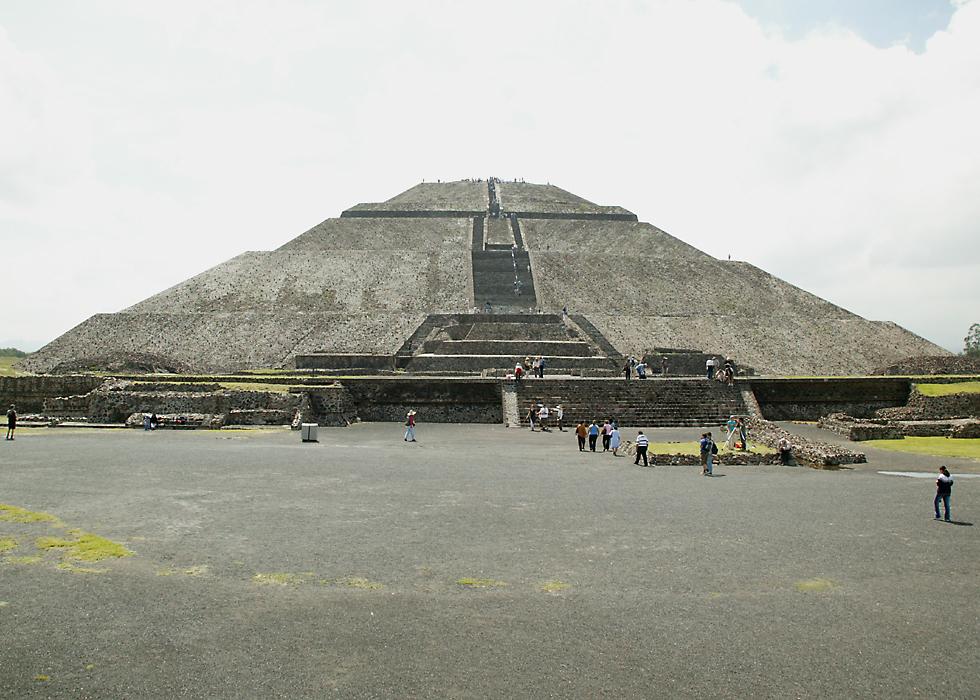 Pyramid of the Sun The Pyramid of the Sun, with an estimated weight of three million tons, is much larger than the Pyramid of the Moon, and was also built earlier. Each side is 222 meters long and it's over 70 meters high, making it the third largest pyramid in the world by volume, after the Great Pyramid of Cheops in Egypt and the unrestored pyramid at the Mexican city of Cholula. Unfortunately because of the building method a lot of reconstruction was needed to get it to its current state, and there's considerable uncertainty about its original appearance THE MAYAN CALENDAR DOES NOT END IN 2012 KEEP READING!!! The date December 21st, 2012 A.D. (13.0.0.0.0 in the Long Count), represents an extremely close conjunction of the Winter Solstice Sun with the crossing point of the Galactic Equator (Equator of the Milky Way) and the Ecliptic (path of the Sun), what that ancient Maya recognized as the Sacred Tree. This is an event that has been coming toresonance very slowly over thousands and thousands of years. It will come to resolution at exactly 11:11 am GMT. 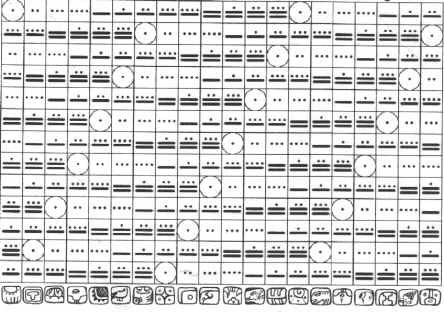 The Tzolkin is a 260-day calendar based around the period of human gestation. It is composed of 20 day-signs, each of which has 13 variations, and was (and still is) used to determine character traits and time harmonics, in a similar way to Western astrology. The Maya also used a 365-day calendar called the Haab, and a Venus calendar, plus others. They measured long time periods by means of a Long Count, in which one 360-day year (a "Tun"), consists of 18 x 20-day "months" ("Uinals"). Twenty of these Tuns is a Katun; 20 Katuns is a Baktun (nearly 400 years); and 13 Baktuns adds up to a "Great Cycle" of 1,872,000 days, ( 5200 Tuns, or about 5125 years). Mayan scholars have been attempting to correlate the Long Count with our Western Gregorian calendar, since the beginning of this century. There has been massive variation in the suggested correlations, but as early as 1905, Goodman suggested a correlation only 3 days from the most popular one today. Known as the GMT correlation, or "correlation # 584283", this was finalized in 1950, and puts the start of the Great Cycle ( day 0.0.0.0.0) on 11th August 3114 BC, and the end-date (known as 13.0.0.0.0.) as 21st December 2012. Jose Arguelles has pointed out that the Tzolkin is a harmonic of the Great Cycle, and can be used to map history, as if it is measuring not individual gestation but species gestation, since 5 Great Cycles add to exactly 26,000 Tuns; the "Grand Year" or precession of the equinoxes - a higher harmonic of 260. NOTE: The astronomer Philip Plait has stated very clearly that the Mayan calendar does not end in 2012 at all, that it is like the odometer on your car, as each section of the odometer reaches 9 and then clicks over to 0, the next number to it starts a new cycle, so that when all the numbers again reach 0 all the way across the odometer - the last number will change from 1 to 2 and the new cycle starts all over again. 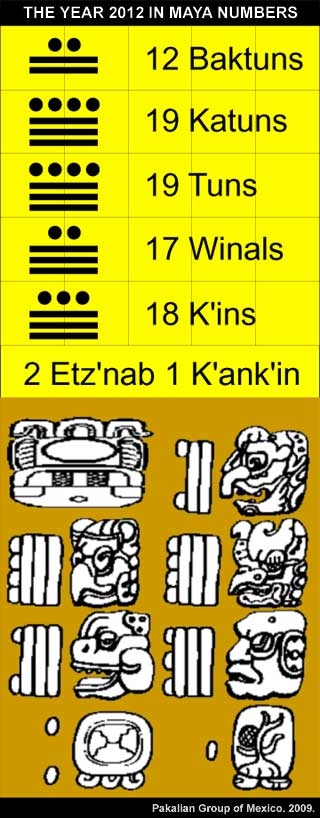 NEW PAGE WITH VIDEO LINKS, PICTURES, AND A LOT OF TRUTH POSTED 6-6-09 IF YOU ARE CONCERNED ABOUT YOUR SAFETY IN THIS TIME PERIOD, PLEASE CHECK OUT OUR SURVIVAL PAGE http://www.greatdreams.com/survival.htm VIDEO - 2012 - FINAL UPDATE THIS IS ALL YOU NEED TO KNOW http://www.youtube.com/watch?v=Jc-55p1Al9k&feature=player_embedded See: Mayan Database Sunspot Cycles; Adrian Gilbert and Maurice Cotterell, in their book the Mayan Prophecies, say that the end of the Great Cycle is the culmination of a series of long-term sunspot cycles which will flip the sun’s magnetic field, causing earthquakes and flooding on earth. Moreover, the changing magnetic field will alter the endocrine production of the pineal gland. John Major Jenkins has pointed out that the detailed graphs of the cycles do not actually show significant termination points at the end of the Great Cycle; click here for Jenkins' full unabridged review of The Mayan Prophecies.
Generally speaking, scientifically accepted records of sunspot activity do seem to be heading for a climax in the near future. Note: Real science is predicting the next/current sun cycle to be the worst in 50 years. The first two sunspot's of 2006 are moving in reverse direction.
|
The place where the December solstice sun crosses the Milky Way is precisely the location of the "dark-rift in the Milky Way ...'xibalba be' - the road to the underworld." On the winter solstice of 2012, the noonday Sun exactly conjuncts the crossing point of the sun's ecliptic with the galactic plane, while also closely conjuncting the exact the center of the galaxy. 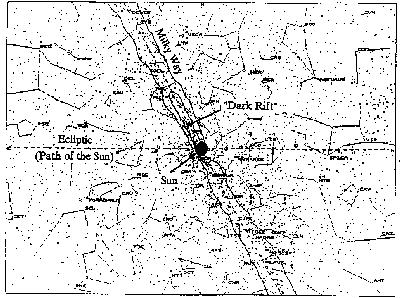
| ||||
The sky on December 21st, 2012 A.D. showing a rare astronomical alignment - the winter solstice sun is right in the "dark rift" in the Milky Way.  The Milky Way Galaxy is the inspiration for the symbol of the Ouroboros. Myth refers to a serpent of light residing in the heavens. The Milky Way is this serpent, and viewed at galactic central point near sagittarius, this serpent eats its own tail. A new crop circle has just appeared on 7-27-08 that is similar to the symbols above: 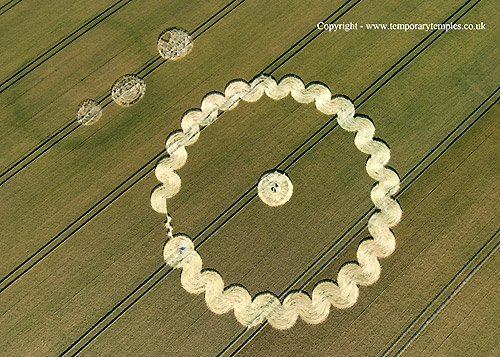 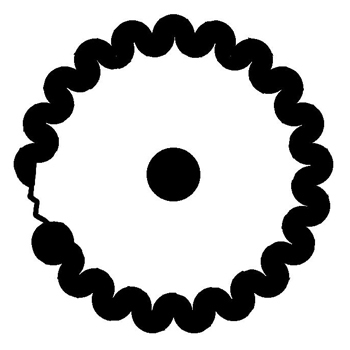 The winter solstice sun will be aligned in the Serpent's mouth on 21 December 2012, at 11:11 AM Universal Time. The new formation may also represent the great cosmic Serpent of the Milky Way galaxy, biting its own tail, sometimes called an Ouroboros -- The Milky Way galaxy keeps a great time cycle that ends in catastrophic change. The sign of the SUNTELIA AION is the sun rising out of the mouth of the ouroboros, which will occur on the solstice December 2012. The Greeks called the End of the Age the SUNTELIA AION Ancient historians and especially Plato referred to a cycle of catastrophe at the End of the Age. The AION was symbolized by the Ouroboros. See: http://www.mt.net/~watcher/ 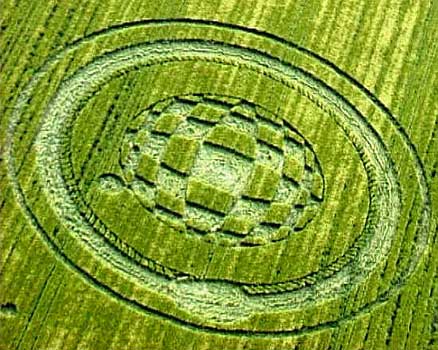 | ||||
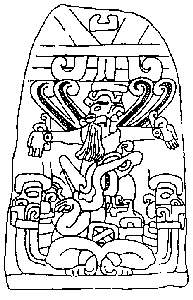 | ||||
Stela 11 from Izapa shows Cosmic Father in the "mouth" of Cosmic Mother, the "dark rift" or "birth canal" in the Milky Way. This is an image of the celestial alignment which culminates in A.D. 2012. 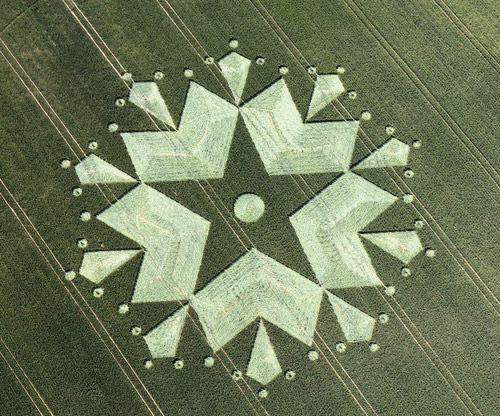 A Star on the Wiltshire landscape appeared on 7-3-2010 A new Star appears next to the mysterious St Martin's Chapel (built in the 13th century) is situated on the edge of the earthwork defences of an earlier Iron Age hill fort known Chisbury Camp. The 5-pointed star has long been connected to Venus, Jesus, Satan, and the Mayan connection to the year 2012. Read article above. 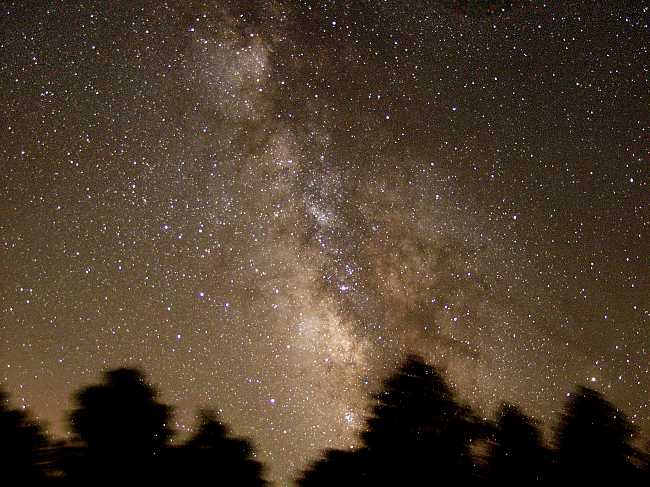 |
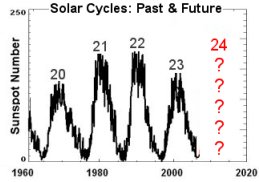 But when will Solar Cycle 24 begin?
But when will Solar Cycle 24 begin?